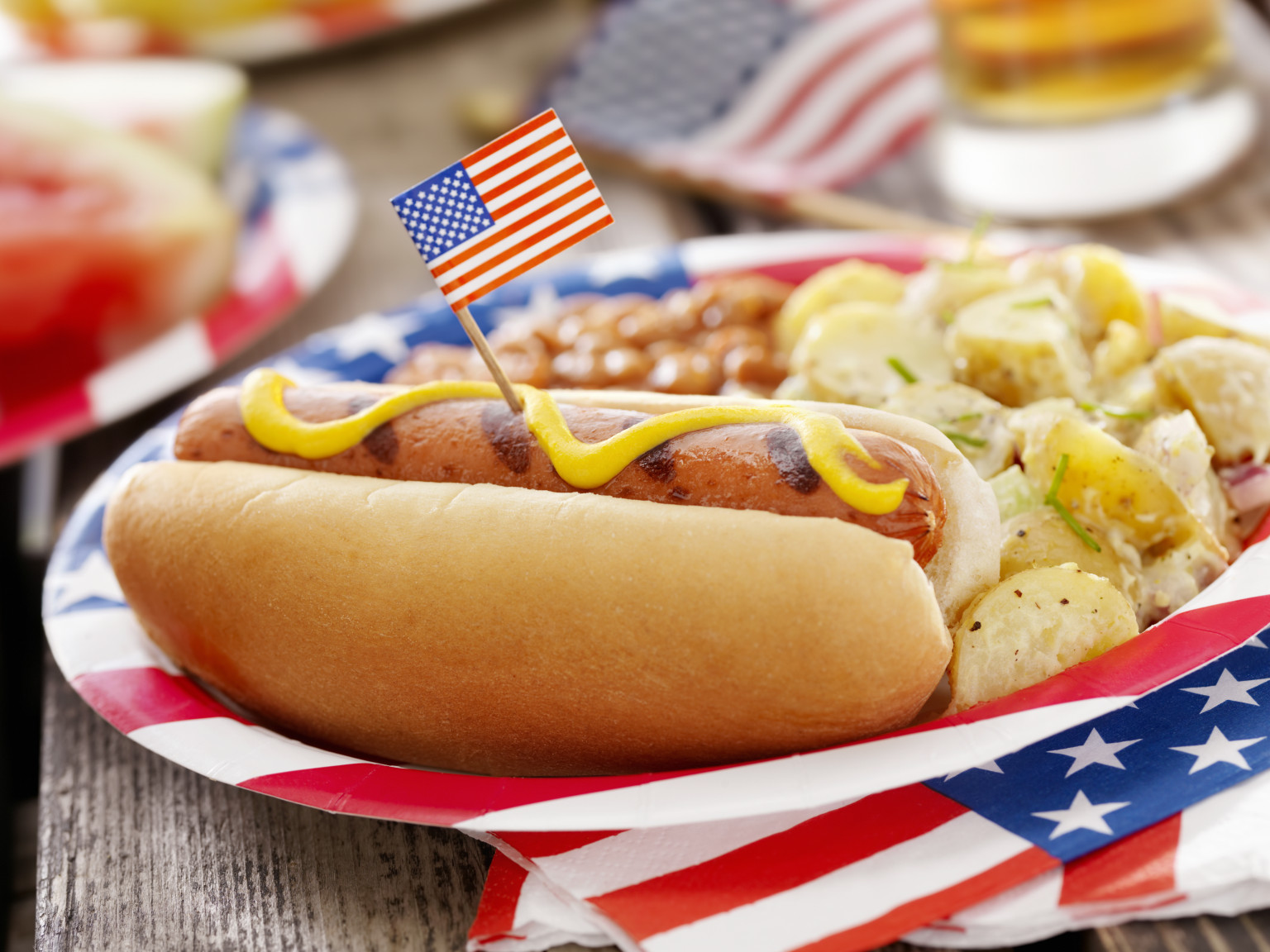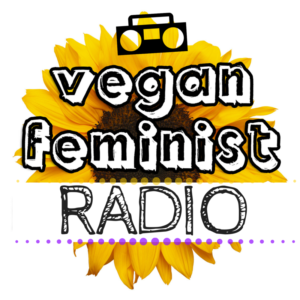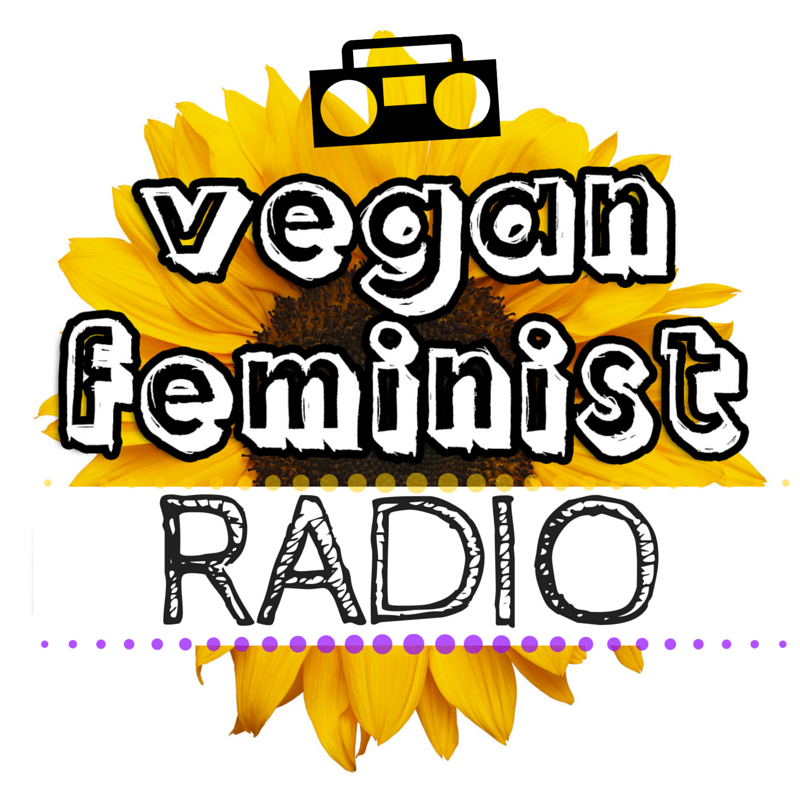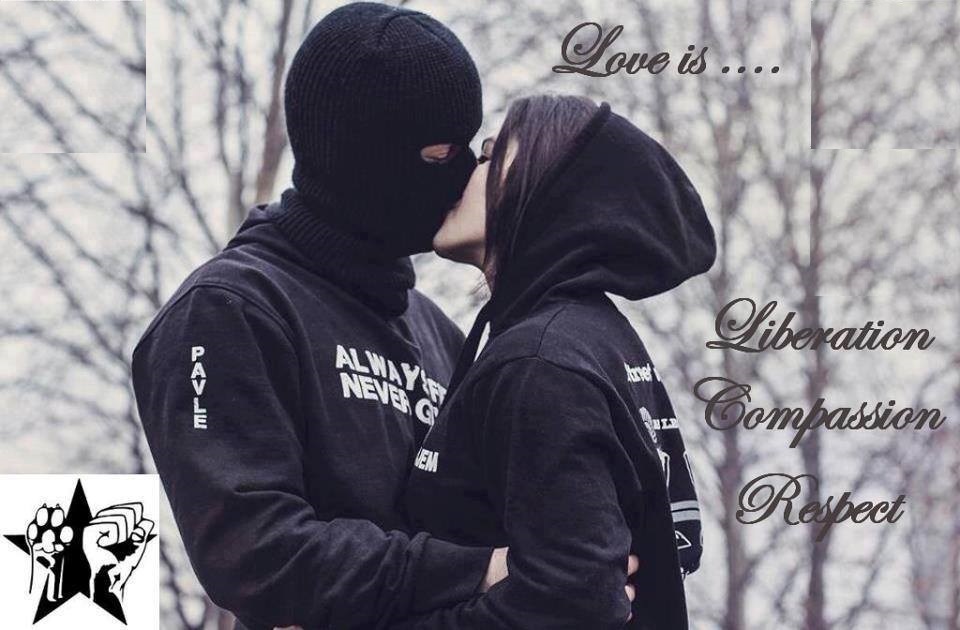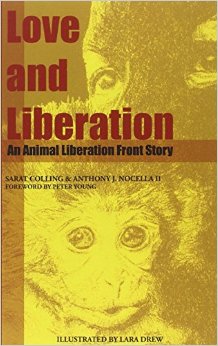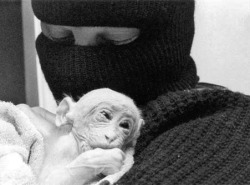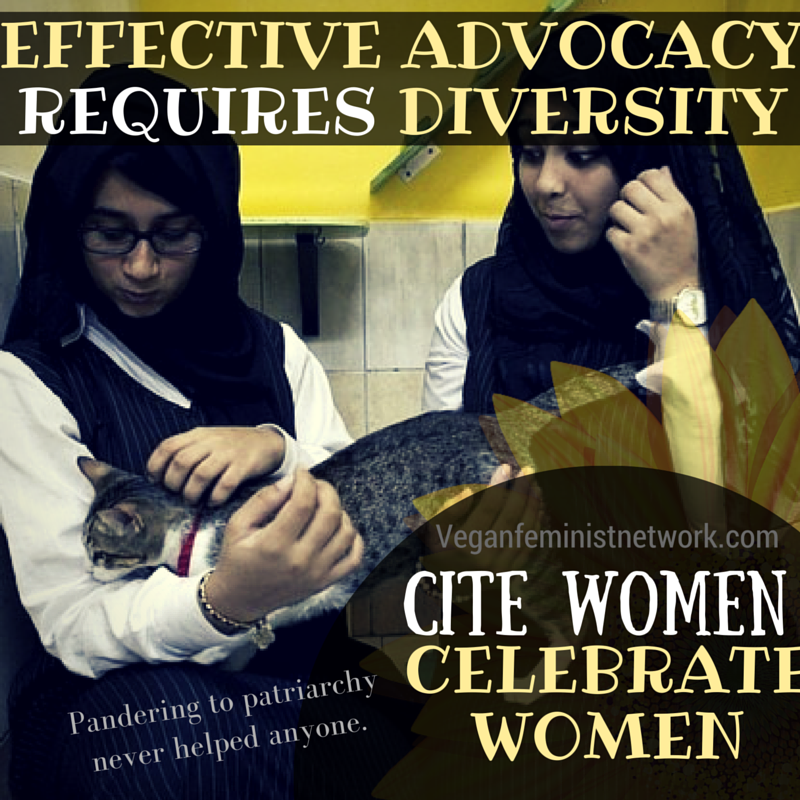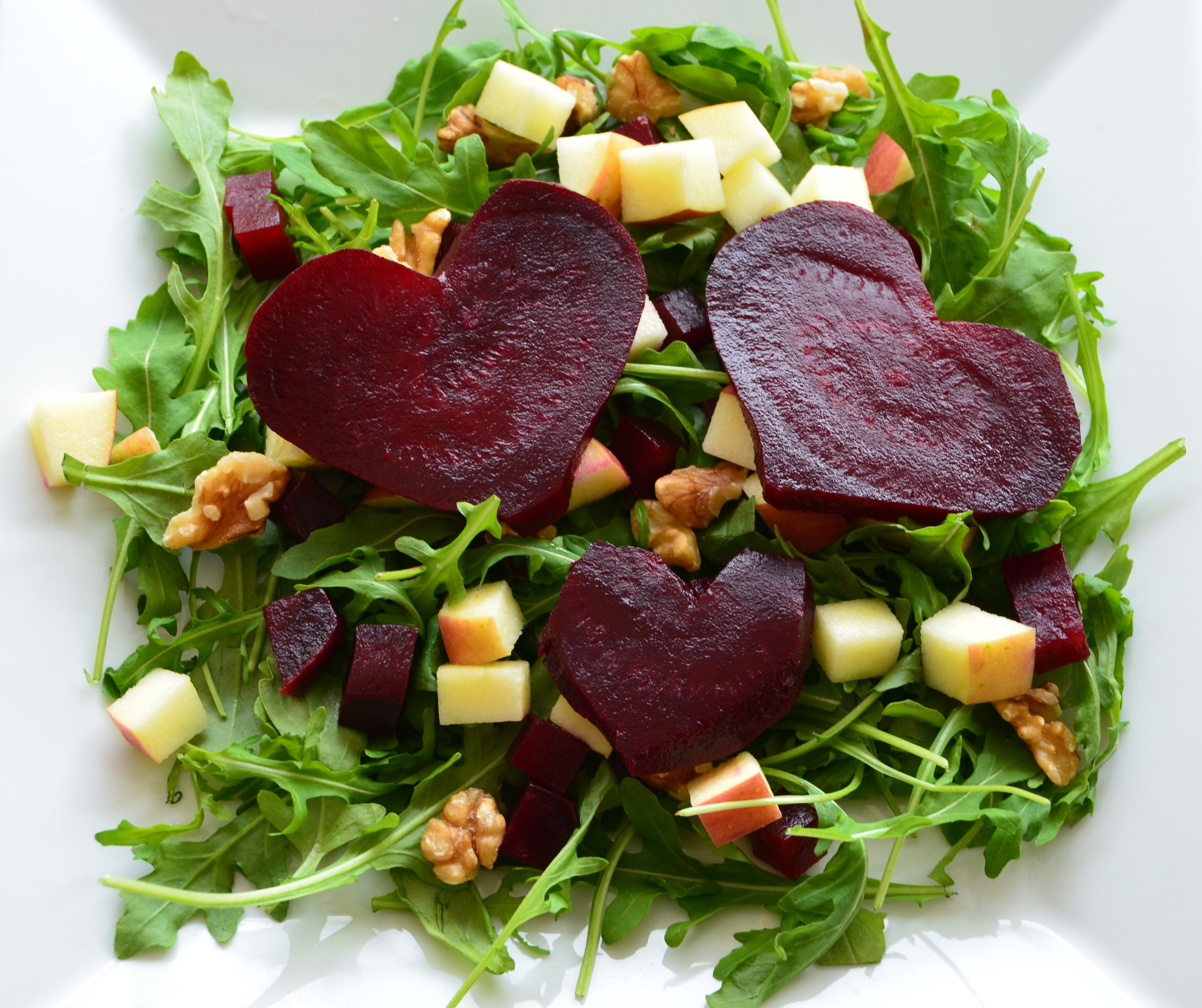
I went vegan at 17, about the same time I started dating. Since then, I can probably count on both hands the number of men interested in me (I am straight) who declared themselves vegan as though it were the next level up from flowers and candy.
Many vegans consider themselves what obnoxious news journalists label “vegansexual.” That is, vegans like to date other vegans. For some, it simply comes down to the fact that kissing someone who’s just slurped down a cup full of frozen cow lactation is just gross. For others, dating nonvegans can be an intensely frustrating experience because veganism is such a strongly held political position. If someone able to do so does not care enough about the suffering of others to stop eating and wearing them, vegans will wonder if this is the kind of person they want to commit themselves to.
Of course, very few vegans were born vegans. Many were once those very same politically apathetic milkshake-drinking folks, easily in a position to be vegan but not especially interested in doing so. Of course, some are structurally marginalized from veganism and are never deserving of shame or exclusion; the “choice” to go vegan is not readily available to all. It doesn’t help to be close-minded. People can and do change. Circumstances change, too. “Vegansexuality” ignores the potential.
Another consideration is the inherent limitation of a small dating pool. At around 1% of a given country’s population, there’s just not many folks to pick from. Speciesism is still very much a social norm. I’ve been a country girl for most of my life, and you don’t find many vegans outside major metropolitan areas. This has meant for me that vegansexuality has not always been a realistic lifestyle.
While I have been relegated to dating nonvegan men without much choice, the other side of the coin is that these nonvegan men are probably dealing with a vegan for the first time and they simply don’t know how to act. For someone only loosely aware of what veganism is all about, it might not seem like such an offense to jump on the vegan bandwagon to get the girl.
In some ways, I can appreciate the gesture. Many of these fellas just want to demonstrate that they’re willing to be the man they think I want them to be. They want to show some sort of interest in my interests. Certainly, they’re a step up from the occasional macho-man wastes-of-my-time who felt the need to remind me every so often, “I eat meat, I’ll always eat meat, there’s nothing you can do to change that!” I also enjoy going to a restaurant and not feeling like an alien. The luxury of informing the wait staff that, “We’re both vegan!” when unfurling an order laden with special requests does not go unappreciated. Neither does a home-cooked meal prepared by someone other than myself for a change.
For the most part, however, the gesture backfires. It’s kind of like those movies where the male protagonist borrows a baby or a puppy to impress his lady love. Parenthood is a serious commitment. Much like veganism, it isn’t something you take on lightly. Speaking honestly, becoming vegan is a relatively big life decision—you’re changing most of your eating and purchasing patterns and you’re going to be the sore thumb at family gatherings for a couple of years at least until everyone gets used to it. I would think that most people might actually want to learn about the issues first and try to understand why doing something that’s initially such a pain is actually worth doing.
This lack of sincerity makes a difference. Inevitably, when the relationship fails to materialize or fizzles after a few weeks or months, these men generally return to consuming Nonhuman Animal products. When it’s clear I’m not interested in them, suddenly being vegan is “too hard” or it drops from their radar completely. I can’t help but assume that their putting on a vegan front is a red flag that they would be deceptive in other areas of the relationship as well.

It is worth noting, however, that three men that I’ve dated went vegan and actually stayed vegan. What was the difference? In getting to know me, they also became familiar with the issues and my passion for social justice. They saw veganism as a political action and went vegan for the animals, not for me. In fact, two were vegan for months before they finally admitted their transition to me. One of them told me outright: “I didn’t want you thinking I was doing this for you.” Our relationship ended in 2007; he’s still vegan.
For me, veganism is an intensely serious commitment. I am vegan because I am a social activist fighting oppression. I am vegan because I believe Nonhuman Animals deserve equal consideration. I am vegan because the consumption of Nonhuman Animal products is also a human rights issue; speciesist industries impose immeasurable suffering on marginalized humans such as immigrants, people of color, and disabled people who labor in their dairies, slaughterhouses, and tanneries. Poor people in Western countries are concentrated in food deserts where toxic processed animal products are forced on them, laying waste to entire communities. They are also most likely to bear the burden of environmental chaos perpetrated by animal agriculture. Veganism is a struggle of life over death, freedom over oppression, and justice over exploitation. I don’t think it’s very cute when men reduce it down to throwing out their frozen pizzas just for a shot with me.
It is also manipulative. Instead of an honest presentation, these men are fabricating an illusion designed to deceive. Veganism becomes another creepy tool of the pickup artist. Men’s vegan-fronting in relationships is a feminist issue, too.
But it keeps happening. So, I simply sigh, smile, and say, “Good for you!” After all, the activist in me holds out hope that maybe they’ll actually get interested in fighting oppression and stick with it. At the very least, their being vegan for the next few weeks or months will, theoretically, save a few lives. When it’s over, however, it’s no surprise to me when I run into them later and they’ve got their hand in a bag of cheesy Doritos. I just roll my eyes and feel satisfied that I made the right call in passing him over.
It definitely gets old. The original version of this essay was written some years prior, and my impatience with the nonvegan dating pool has grown. Now that I’m in my thirties, I’m in a better position to negotiate. I’ve given vegansexuality a try. I met my current partner on a vegan dating site, and never once have I had to deal with manipulative pretenses of veganism with him or awkward only-vegan-at-the-table moments. Now my radical, rage-the-patriarchy feminism, on the other hand, is a whole different ballgame…
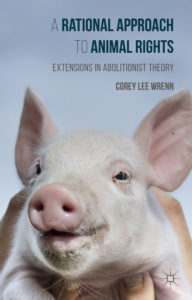
This essay is a revision of “Why I’m Not Impressed When Guys ‘Go Vegan’ For Me” first published on June 14, 2013 with a now defunct feminist blog. You can read more about gender and veganism in my 2016 publication, A Rational Approach to Animal Rights.
 Dr. Wrenn is Lecturer of Sociology. She received her Ph.D. in Sociology with Colorado State University in 2016. She received her M.S. in Sociology in 2008 and her B.A. in Political Science in 2005, both from Virginia Tech. She was awarded Exemplary Diversity Scholar, 2016 by the University of Michigan’s National Center for Institutional Diversity. She served as council member with the American Sociological Association’s Animals & Society section (2013-2016) and was elected Chair in 2018. She serves as Book Review Editor to Society & Animals and has contributed to the Human-Animal Studies Images and Cinema blogs for the Animals and Society Institute. She has been published in several peer-reviewed academic journals including the Journal of Gender Studies, Feminist Media Studies, Disability & Society, Food, Culture & Society, and Society & Animals. In July 2013, she founded the Vegan Feminist Network, an academic-activist project engaging intersectional social justice praxis. She is the author of A Rational Approach to Animal Rights: Extensions in Abolitionist Theory (Palgrave MacMillan 2016).
Dr. Wrenn is Lecturer of Sociology. She received her Ph.D. in Sociology with Colorado State University in 2016. She received her M.S. in Sociology in 2008 and her B.A. in Political Science in 2005, both from Virginia Tech. She was awarded Exemplary Diversity Scholar, 2016 by the University of Michigan’s National Center for Institutional Diversity. She served as council member with the American Sociological Association’s Animals & Society section (2013-2016) and was elected Chair in 2018. She serves as Book Review Editor to Society & Animals and has contributed to the Human-Animal Studies Images and Cinema blogs for the Animals and Society Institute. She has been published in several peer-reviewed academic journals including the Journal of Gender Studies, Feminist Media Studies, Disability & Society, Food, Culture & Society, and Society & Animals. In July 2013, she founded the Vegan Feminist Network, an academic-activist project engaging intersectional social justice praxis. She is the author of A Rational Approach to Animal Rights: Extensions in Abolitionist Theory (Palgrave MacMillan 2016).
Receive research updates straight to your inbox by subscribing to my newsletter.

